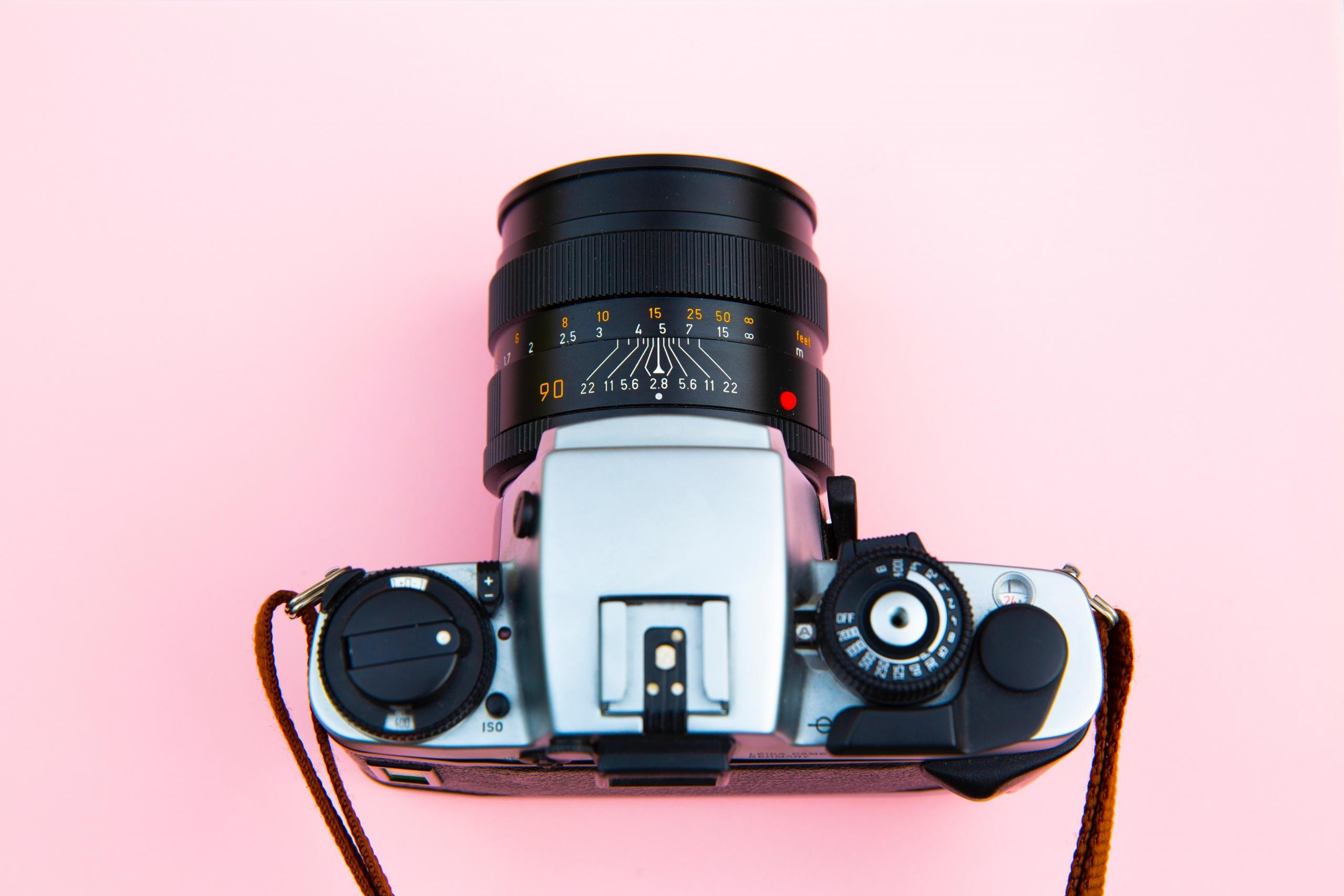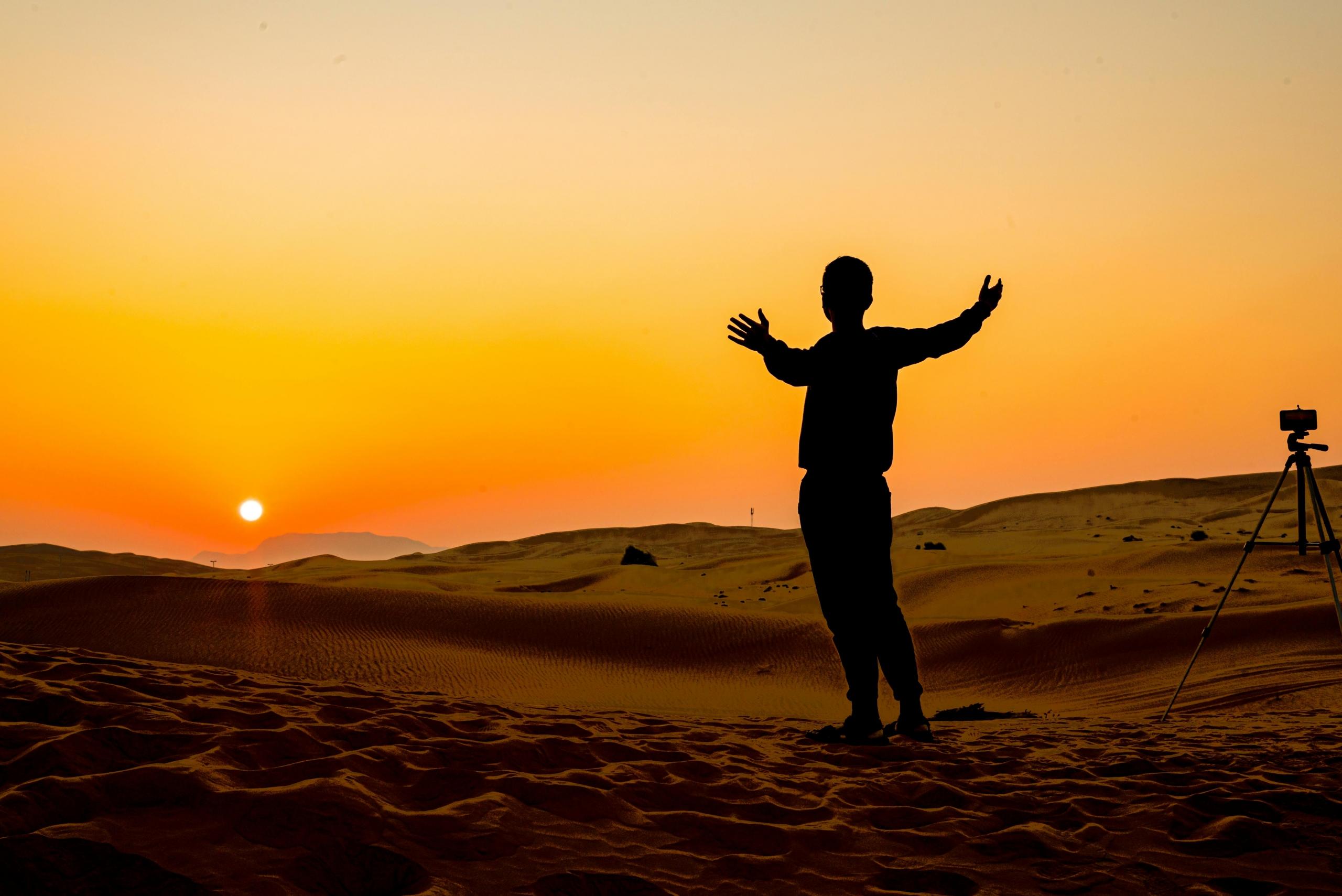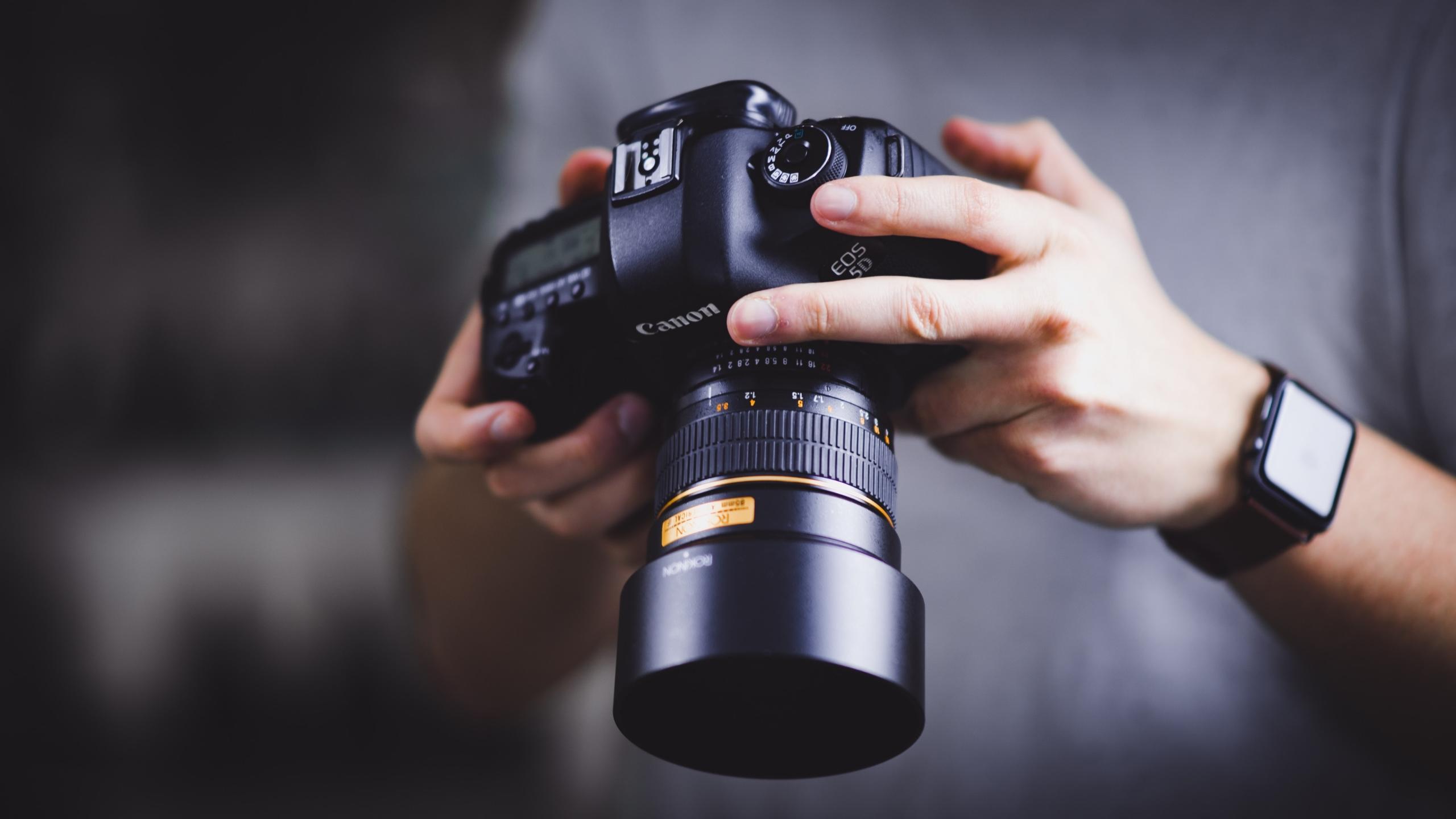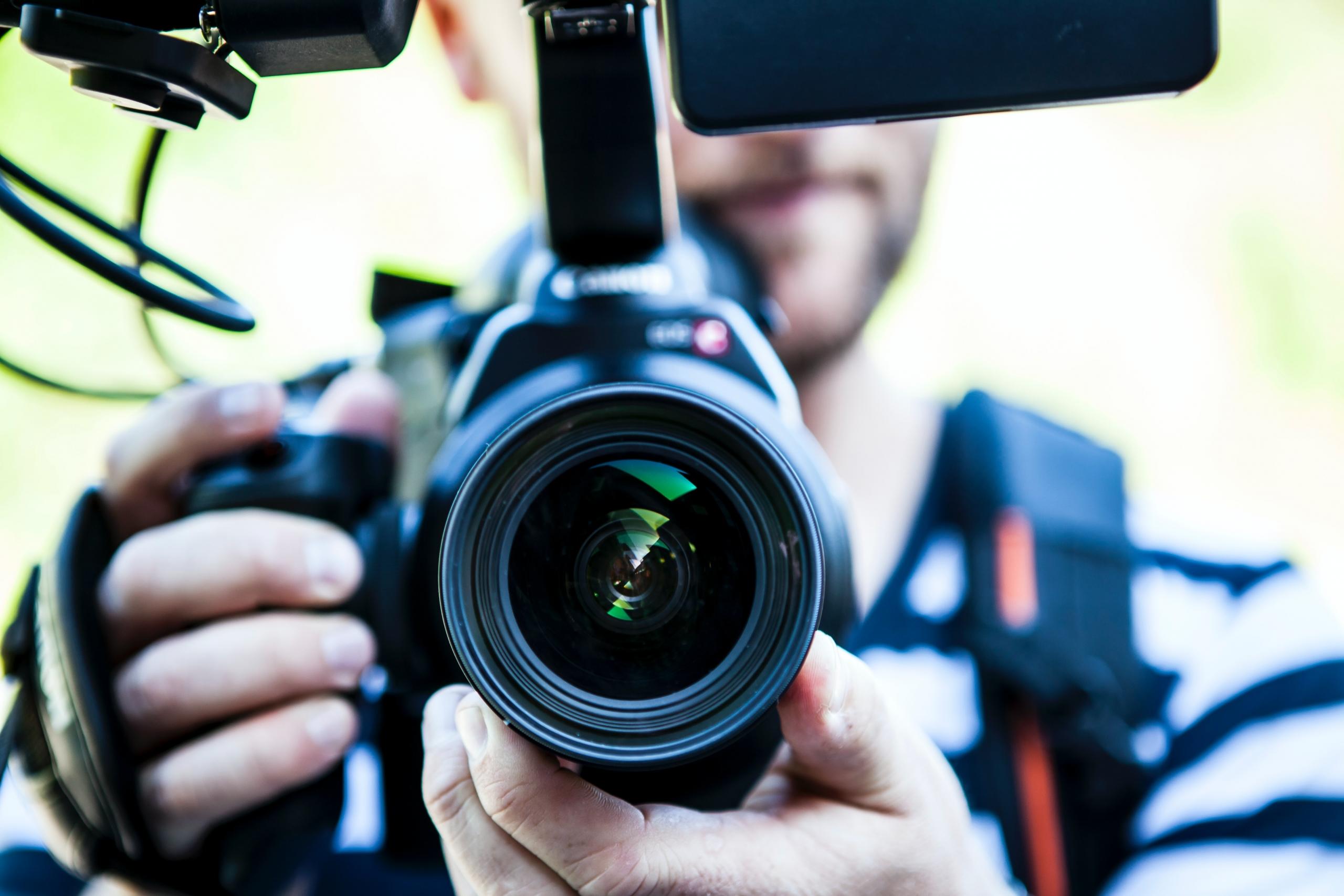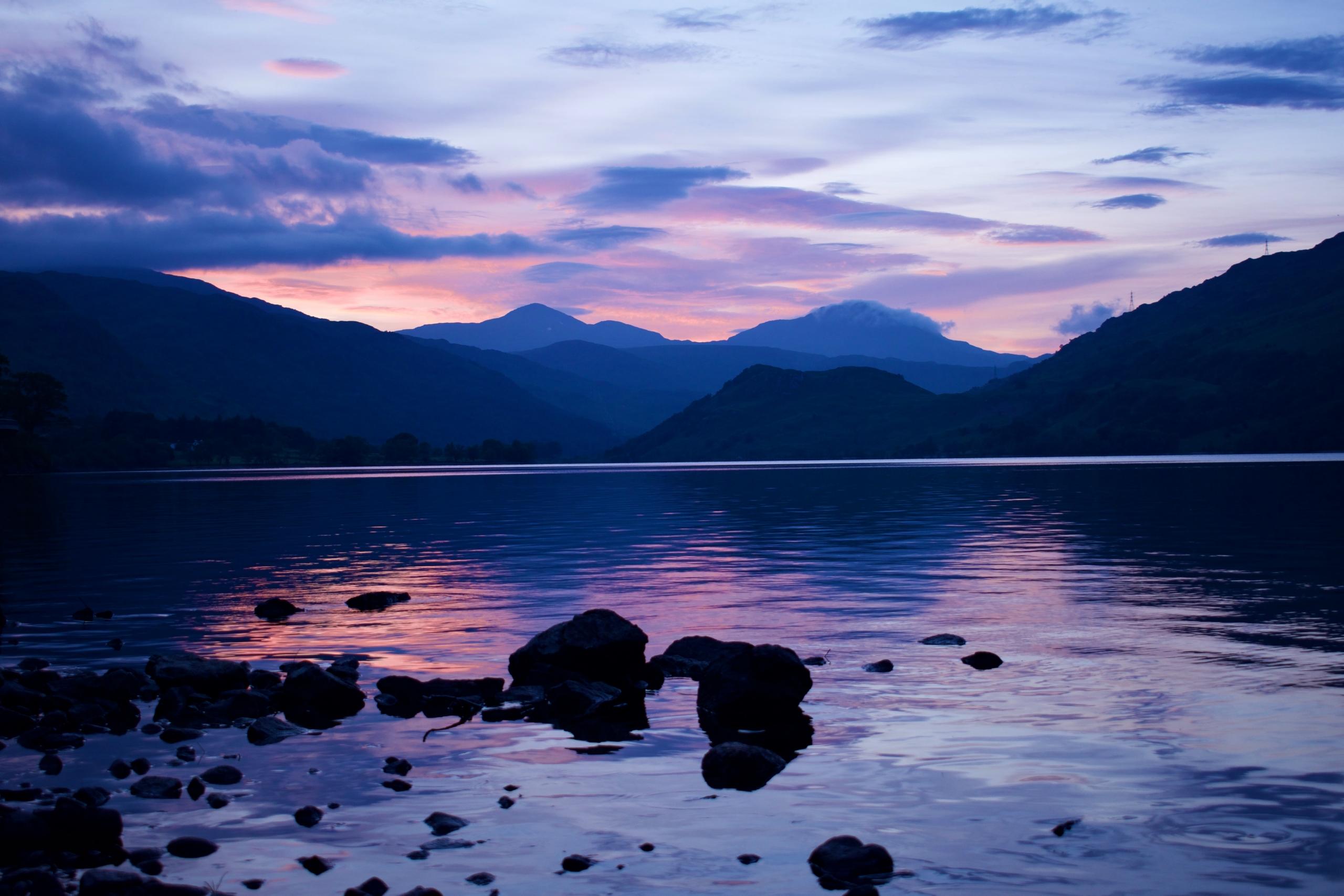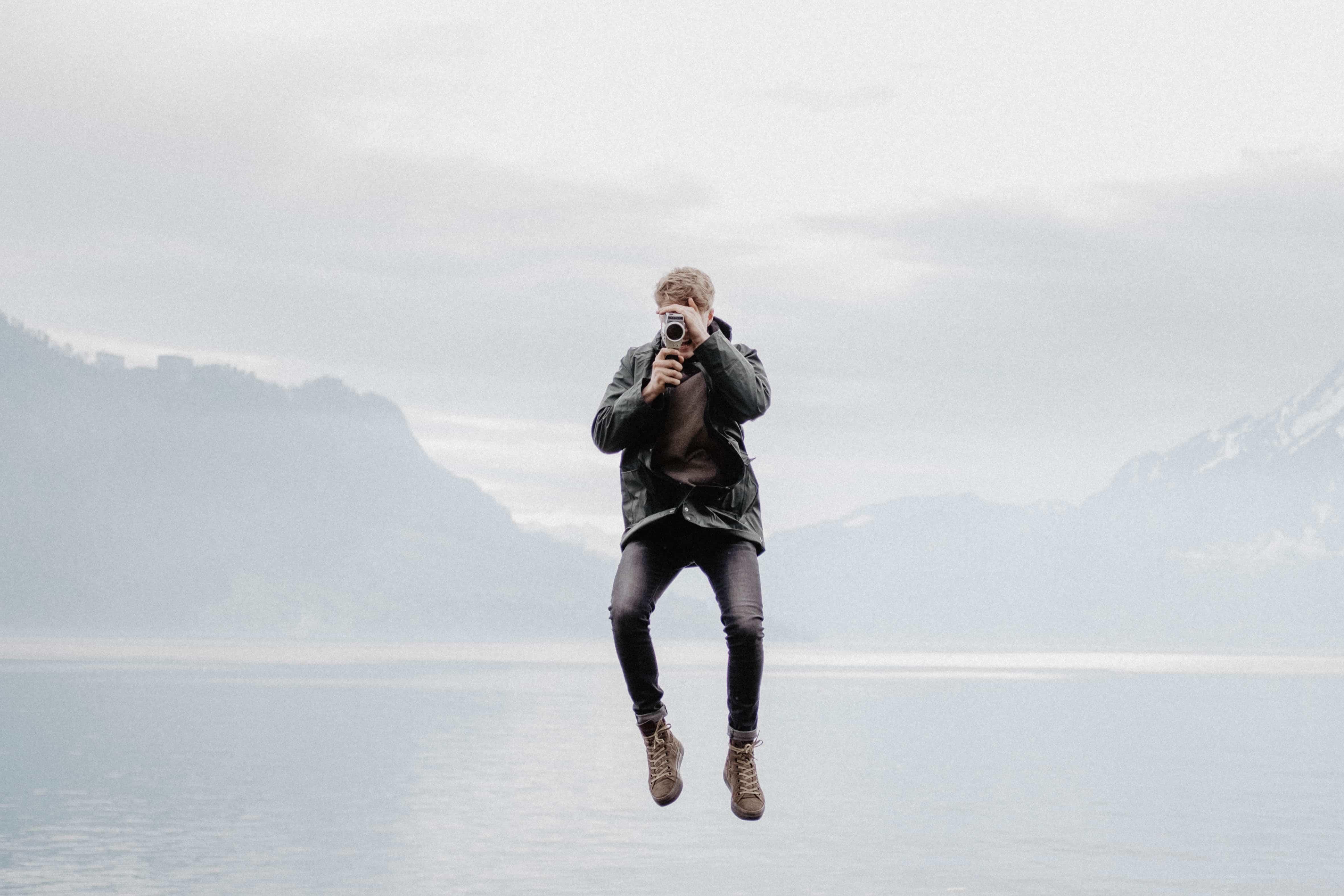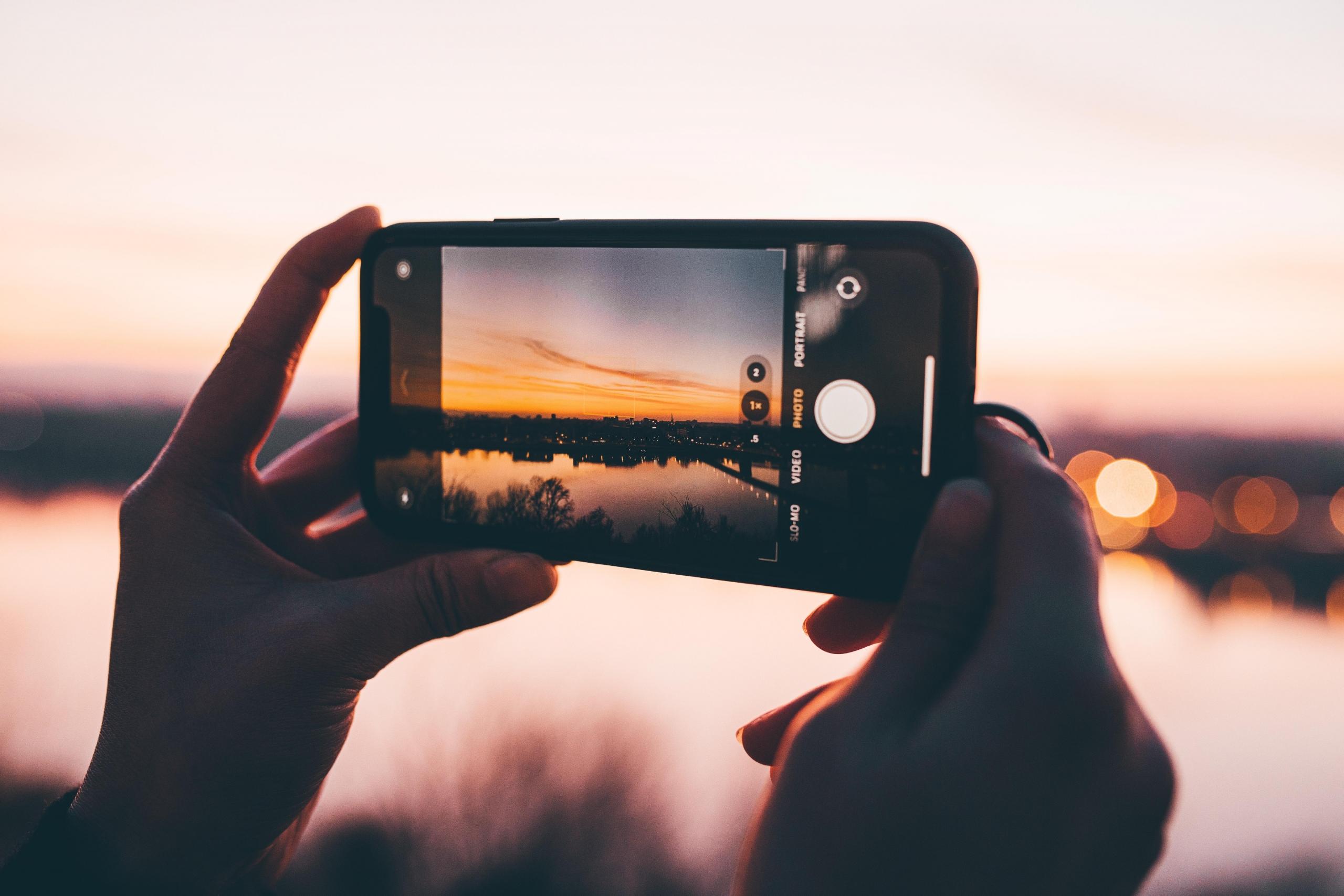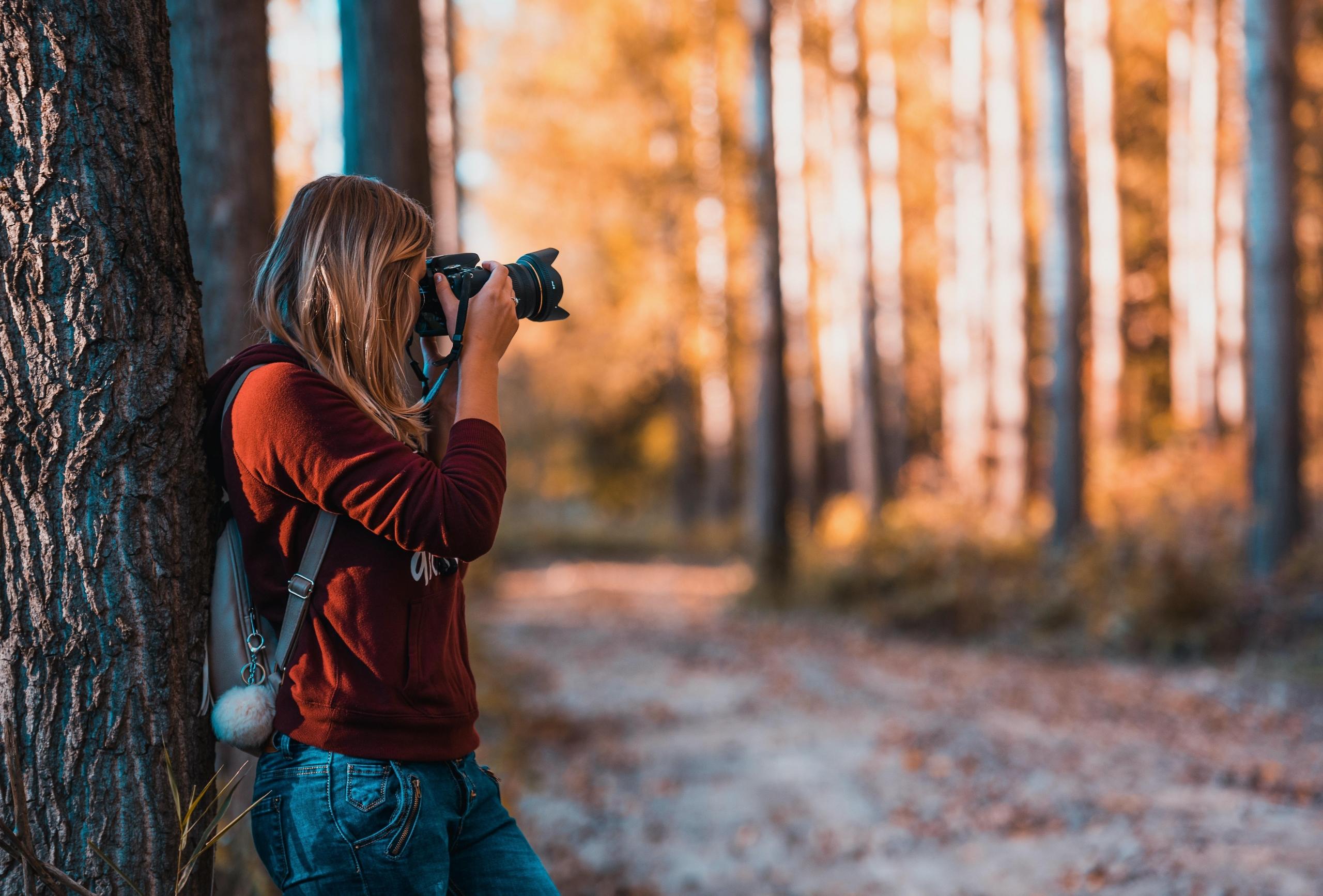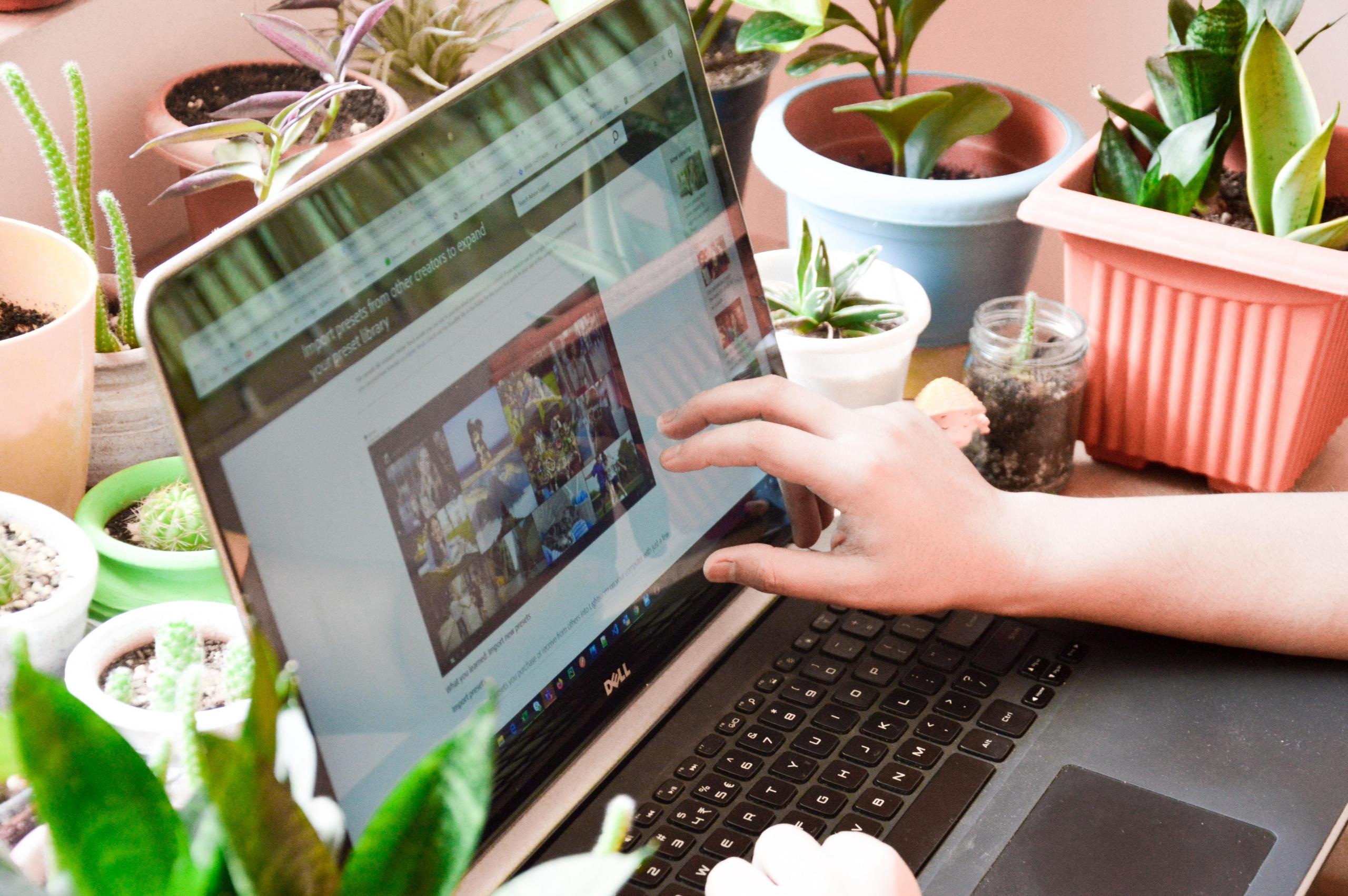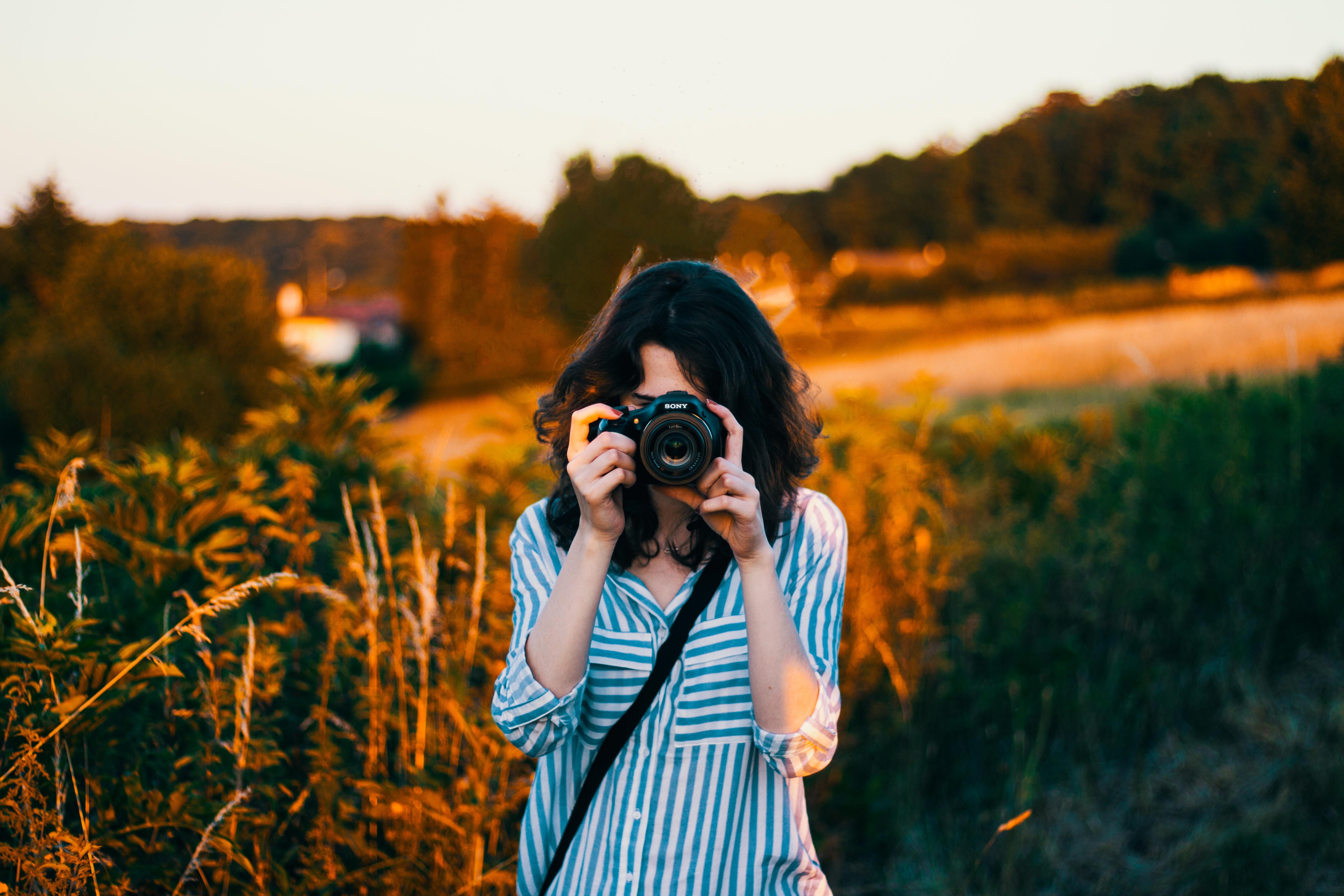A photographer without the right equipment is without a doubt at a disadvantage.
Of course, there is a skill that has nothing to do with professional photography equipment, but when it comes to achieving high quality, sharp images, there is certainly equipment every photographer needs.
To make it as an amateur or to take the step to become a full-time freelancer, there is definitely a minimum requirement when it comes to photographer equipment.
One way to grow your skills as a photographer is to work with a photography tutor who can also coach you in how to build up the right photographer equipment required for your chosen style of work.
Finding a photography tutor is so easy and convenient when you use a Superprof that you will not even need to leave the house.
In this guide, we will cover advice on how to gear up your professional photography equipment so that you can become the best photographer that you can possibly be.
Who knows, perhaps an investment into just the right lens could help you to win a prize or take the shot that will put your career on track. For instance, if you are passionate about macro photography, it could your lack of the right equipment that is hindering your progress.
Whatever the case, keep reading, as this article is for you.

The Best Cameras Out There
Firstly, it’s really important that you realise that you don’t need to splash out on top of the range camera gear, this is just a guide to what is out there in terms of the best quality so that you can see the range and know what to aspire towards.
In fact, good advice would be to hold back on expensive photographer equipment until you are sure that it is a career for you and one that will bring you returns.
To follow is a list of equipment for photographers that is considered to be the best for upgrading our skills and your results.
Remember that when you decide to invest in equipment for professional photography, you will need to put in hard work too.
Don’t make the mistake of thinking that if you purchase one of these cameras it will turn you into a better photographer.
Read our in-depth camera guide here.

Fujifilm X-T4
Widely known as one of the best cameras because of its wide-ranging uses, the Fujifilm X-T4 offers excellent image quality and value for money.
As a camera that is suited to beginners, intermediate and advanced photographers, it has everything a photographer needs in one convenient package.
A noteworthy feature of this camera is the built-in image stabiliser which is perfect for those fast burst shots. The 26-megapixel image sensor is also well ahead of its competitors and it has a highly intuitive touchscreen.
Nikon D3500
When it comes to the kind of equipment that every photographer needs, the Nikon D3500 is an excellent choice. As a heavy hitter with an affordable price tag, it is the perfect piece of photographer equipment to kick-start a professional career.
Not only does its ergonomic design make it comfortable to hold but it has a 24-megapixel high-quality image sensor. Its autofocus system will also help to keep images stable and mitigate handshaking.
Canon EOS R6
Of course, some of the most popular equipment for photographers is from Canon. As an industry giant, Canon has an outstanding reputation for producing some of the best handheld cameras in the world.
In the EOS series, it is the R6, in particular, that is worthy of mention.
What’s so special about it?
Well if you can afford it, you will have a top of the range, full-frame camera that has a best in class autofocus and fantastic IBIS. Believe it or not, in terms of full-frame professional cameras, it is one of the most affordable cameras out there too.
In terms of its noteworthy features, not only does it take high-quality stills, but it also offers 4k video capability in 60p too.
Professional Photography Equipment for Macro Images

The popularity of macro photography, which in essence is about focusing on small objects or pieces of objects to make them appear bigger, has grown in recent years. One reason for this could be the Covid lockdowns that forced many people to get creative with whatever objects they had in their homes and gardens.
Essentially, when taking a macro image, the photographer ensures that the subject of the photo fills the entire sensor or frame of the camera. For instance, if an ant appears the same size as a dot in the frame of an average camera, in a macro image the detailed segments of its body would take up the whole screen.
As one of the most fascinating fields of photography out there, you may want to explore the following equipment that would help to make it a reality.
Macro Lens
You won’t be able to specialise in macro without the necessary equipment every photographer needs. For starters, you will need the right kind of lens.
Macro lenses are specialised in that they are tailor-made to make small objects appear to be in focus.
From zoom to wide angles, there are various forms of macro lenses to suit the type of subject matter that interests you the most.
Close-up Filter
Another useful feature for macro photography is the close-up filter. Similar to a magnifying lens, it is something that attaches to your macro lens and will help you to zoom in on tiny objects without compromising your focus.
Extension Tube
When it comes to the macro equipment every photographer needs the extension tube is essential. It mounts between the camera lens and the body and minimises focal distance while retaining clarity and quality to take a sharp image.
Equipment for Professional Photography
In looking at equipment for professional photography, it must be noted that lenses are more important in determining image quality in most cases than camera bodies.
If you are dissatisfied with the results that you are currently getting from your existing professional photography equipment, have you considered that it might a lens issue?
When it comes to the equipment every photographer needs, quality lenses are essential to achieving a good end result. For this reason, take the time to find out which lenses are most suited to your type of photography.
Of course, buying lenses and other equipment for professional photography is a daunting task.
Where does one begin shopping for the equipment every photographer needs?
Fortunately, there are many video tutorials out there that compare lenses and other equipment for professional photography. Also, if you are shopping online for professional photography equipment, you will notice that lenses are automatically suggested at checkout. But of course, this can add also add to the confusion. When it comes to equipment for photographers, is usually best to get in-person advice from a professional.
Here are a few other factors to help you choose lenses and other professional photography equipment.
Type of Photography
Before rushing into any decisions regarding lenses, consider the types of photographs that you will be taking.
For instance, lenses that work well for taking macro images will not work when taking landscapes, portraits or street photography pics.
Ask yourself what kind of pictures you like to take and that will be your first clue to shopping for professional photography equipment.
Are you interested in people or animals?
Do you like taking photos of sport and fast-moving subjects or subject matter that is still and posed?
All of these answers could lead you down the path to the correct equipment for photographers who like your he answers to these questions can help you identify what lens is best for you.
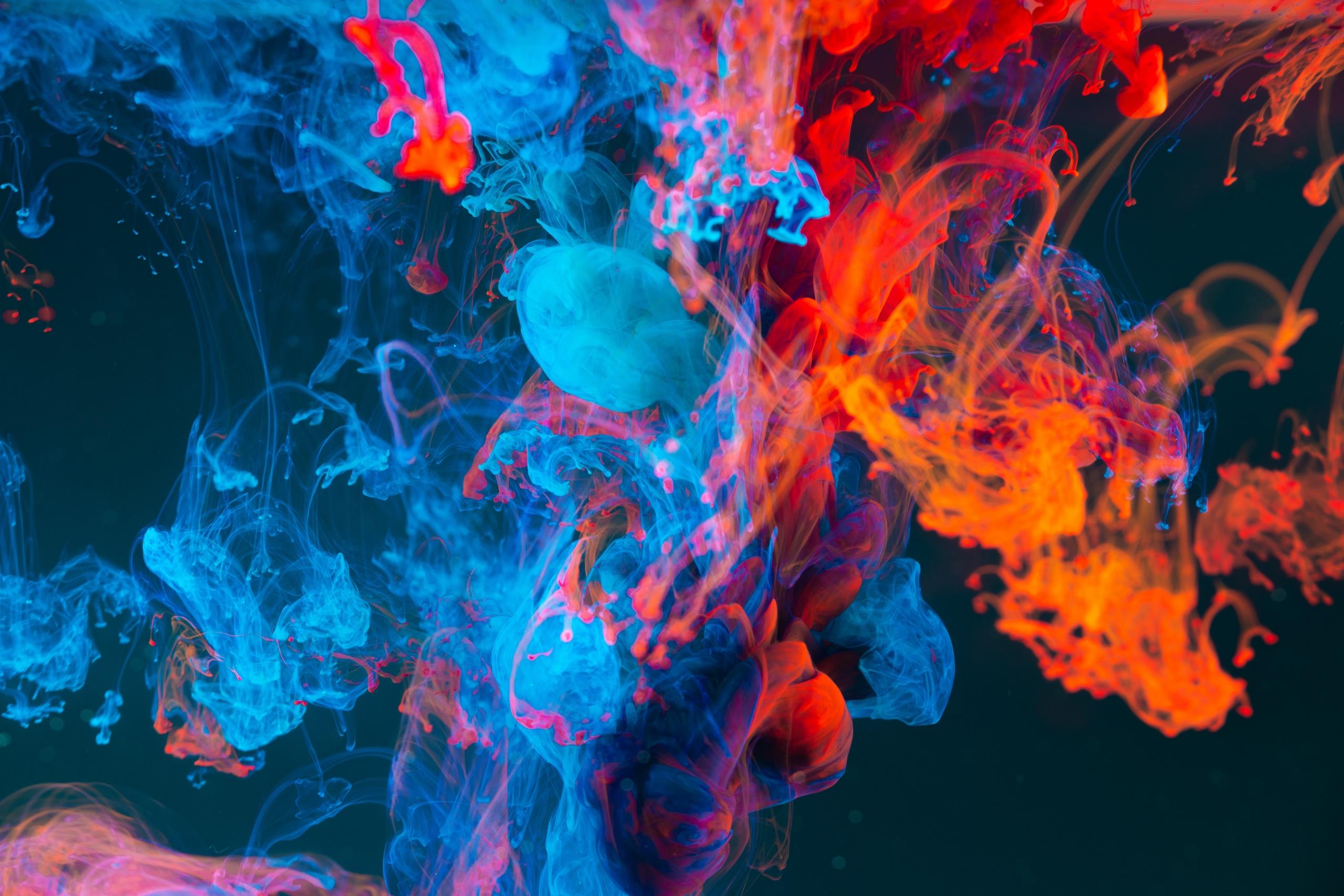
Focal Length
A lens’s focal length, which is measured in millimetres tells you how much can fit into a frame.
For instance, a lens with a wide-angle or focal length will be able to fit in sweeping landscapes.
Aperture
When it comes to equipment for professional photography, the issue of f-stops and aperture is critical to the kind of depth of field you will need for photos.
If for example, you want to take images that have a blurred background, you will want to make sure that your lens can handle a wide aperture.
Understanding White Balance in Photography
Understanding white balance will make an enormous difference to your photography, so if you do not know what this entails, try to take the time to understand it.
In a nutshell, white balance refers to the type of colour you see in your photos.
For example, light that emanates from a living room light will appear yellow, while light from an outdoor source will appear blue.
The job of white balance is to level the colour temperature of images so that you end up with a natural-looking subject instead of one that adopts extreme hues.
Ready to compose your next image?

